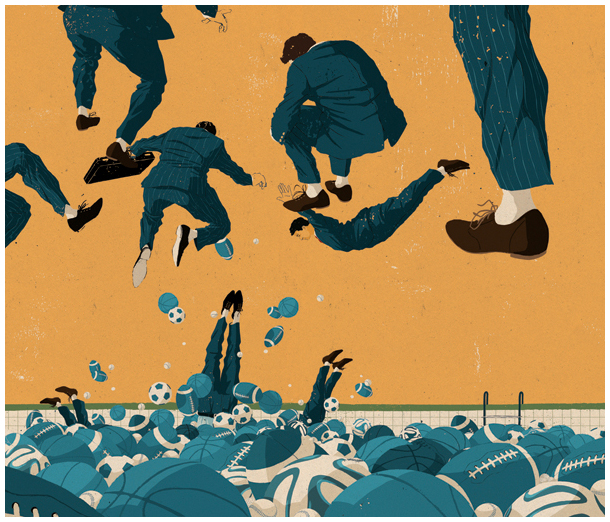 Picture a soccer game in your mind. Visualize a field, goals and two teams of players. Then imagine each player wearing a large plastic bubble.
Picture a soccer game in your mind. Visualize a field, goals and two teams of players. Then imagine each player wearing a large plastic bubble.
It looks…well, it looks pretty much just like it sounds.
The game of “bubble soccer” is one of many new sports ranging from “foot golf” (played with a soccer ball and no clubs) to “bossaball” (a combination of volleyball and gymnastics) that take a creative twist on traditional games. In some cases, that twist trends to the extreme: Tough Mudder, for instance, features amateur athletes contending not only with obstacles and lots of mud, but also with electric cables that administer 10,000-volt shocks.
Recommended For You
Want to continue reading?
Become a Free PropertyCasualty360 Digital Reader
Your access to unlimited PropertyCasualty360 content isn’t changing.
Once you are an ALM digital member, you’ll receive:
- Breaking insurance news and analysis, on-site and via our newsletters and custom alerts
- Weekly Insurance Speak podcast featuring exclusive interviews with industry leaders
- Educational webcasts, white papers, and ebooks from industry thought leaders
- Critical converage of the employee benefits and financial advisory markets on our other ALM sites, BenefitsPRO and ThinkAdvisor
Already have an account? Sign In Now
© 2025 ALM Global, LLC, All Rights Reserved. Request academic re-use from www.copyright.com. All other uses, submit a request to [email protected]. For more information visit Asset & Logo Licensing.








